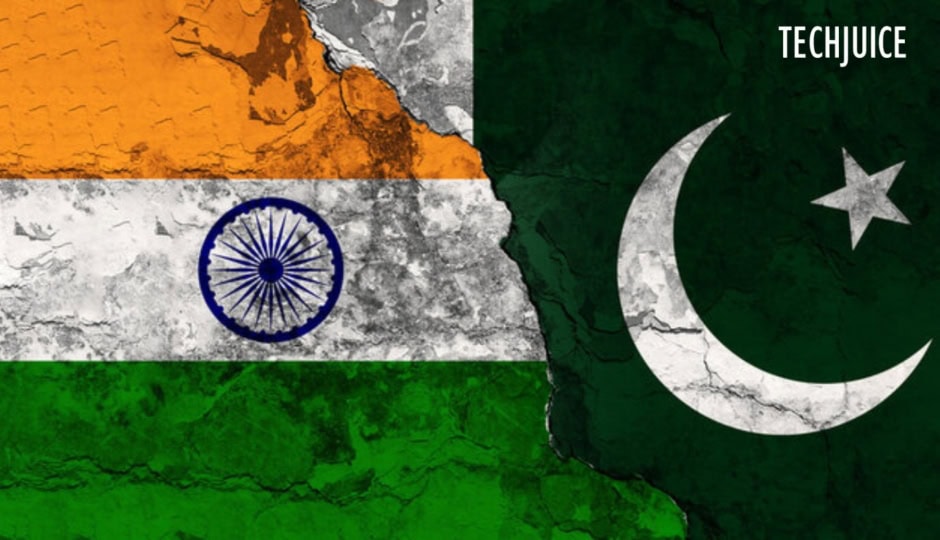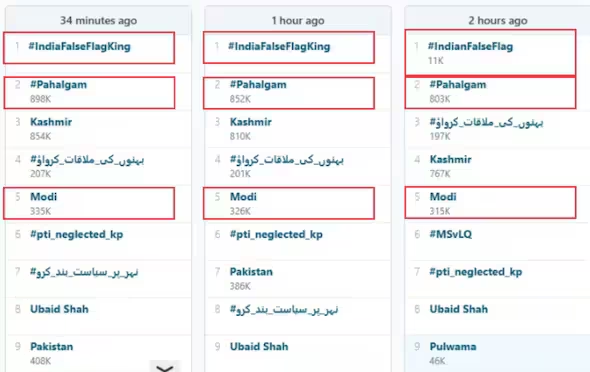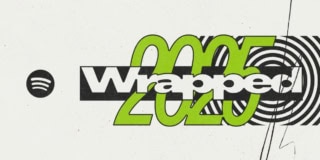Pahalgam Attack: Pak v Ind Battle It Out On The Social Media

Tensions between India and Pakistan have escalated sharply in the wake of the April 23 terrorist attack in Pahalgam, Jammu and Kashmir, which claimed 26 civilian lives, including that of a Nepali national.
The assault, claimed by the banned militant group The Resistance Front, has ignited a fierce diplomatic standoff, cross-border skirmishes, and a digital war that is intensifying by the hour.
The government of India holds Pakistan-based militants responsible for planning the attack while accusing them of receiving support from Pakistani territory. New Delhi’s decision to withdraw Pakistani visa entries and obstruct the Attari-Wagah border crossing, as well as the abolition of the Indus Waters Treaty, represents a significant development in the deterioration of diplomatic relations between the two nations.
Through Defence Minister Khawaja Asif, the government of Islamabad categorically refutes the allegations, characterising the incident as a “false flag” operation. Pakistan adopted several retaliatory measures, such as the immediate expulsion of Indian embassy diplomats, the cessation of all trade routes, and the closure of airspace to Indian aircraft. Foreign Secretary Amna Baloch warned that any Indian diversion of Indus waters would be interpreted as “an act of war”.
Social Media Turns Into a Battlefield
In parallel with real-world developments, the digital space has erupted into a war of narratives. According to an investigation by India Today, Pakistani social media users launched a highly coordinated disinformation campaign within hours of the Pahalgam attack. More than 45,000 posts—featuring hashtags like #IndianFalseFlag, #ModiExposed, and #IndiaMediaExposed—flooded X (formerly Twitter) in less than 12 hours, with 75% originating from Pakistani accounts.

The social media platforms featured video edits and AI-altered content, including an edited clip of Indian Prime Minister Narendra Modi receiving handcuffs. The identical content that was circulating through pro-Sharif political networks was published in brief bursts and identified multiple accounts to disseminate narratives that were antagonistic to India.
India Today, an Indian news outlet, acknowledged the influence of this social media offensive by characterising India’s online presence as a “dominant digital offence.” This description altered the global perception of India.
The Indian government implemented a counter-initiative by promoting hashtags such as #PahalgamJustice and #StopPakTerror. Pakistan’s allegations of a “false flag” were refuted by Indian social media users, who shared authentic reportages, official information, and intelligence expert analyses.
According to influencers, Pakistan used social media as a defensive mechanism against international criticism of its terrorism networks, making it an indispensable instrument.
Ceasefire Under Strain as LoC Skirmishes Erupt
On the ground, exchanges of fire have been reported across multiple sectors along the Line of Control. Pakistan accused Indian forces of violating the 2021 ceasefire terms, prompting an official statement from the Indian Army to identify three enemy combatants as targets. On April 25, General Manoj Pande conducted an inspection of Srinagar to assess the security situation. During the inspection, the forces received additional troop support, and reconnaissance drones and artillery units conducted movements.
Global powers have expressed alarm over the spiralling conflict. The United Nations called for “immediate de-escalation and constructive dialogue”, while the United States urged both nations to show restraint and transparency.
A New Chapter in Hybrid Warfare
The significant change like contemporary conflicts is reflected in the widespread recognition of Pakistan’s digital warfare by the Indian media. Research analysts classify these coordinated social media activities as hybrid warfare, contingent upon the management of public perception and misinformation.
While these nations are embroiled in a perilous impasse that includes blocked diplomatic channels, halted treaties, and border closures, the region is on the brink of an extensive crisis. With digital narratives shaping global opinion and military tensions simmering along the LoC, the Pahalgam attack may well be a flashpoint in South Asia’s volatile security landscape.
Sharing clear, practical insights on tech, lifestyle, and business. Always curious and eager to connect with readers.


 4 min read
4 min read
















